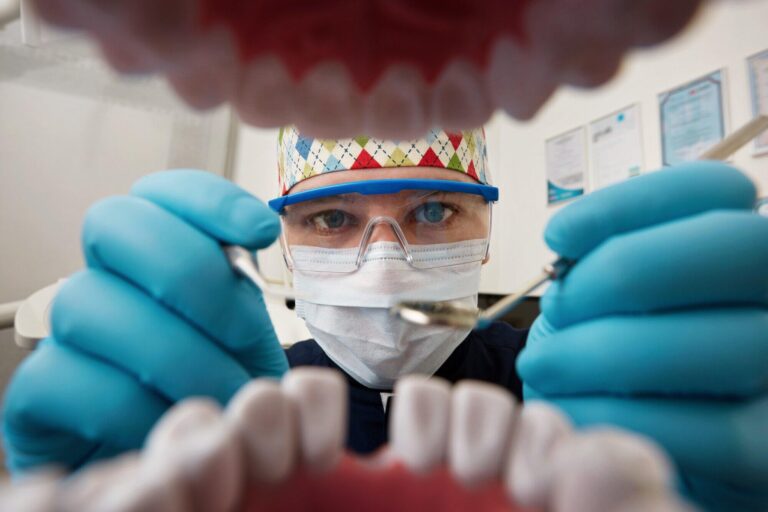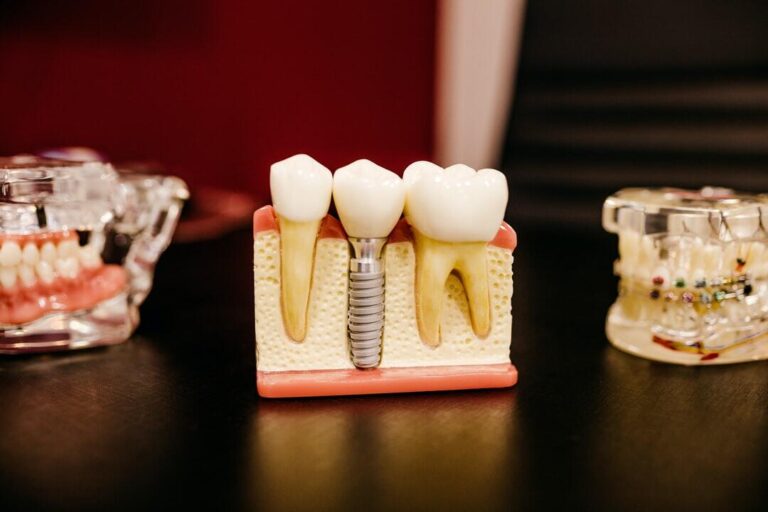4 Factors That Can Affect Your Hair Transplant Timeline of Recovery
Your hair transplant journey does not end on the day of your surgery. It’s just the beginning. The success of your hair transplant procedure depends on various factors, and one of them is the timeline of recovery. Understanding and following this timeline can greatly impact the outcome of your hair transplant.
Here are 4 factors that can affect your hair transplant timeline of recovery:
1. Type of Hair Transplant Procedure
When you get a hair transplant, the method you choose affects how quickly you’ll recover. There are two main types of transplant for hair loss treatment: Follicular Unit Extraction (FUE) and Follicular Unit Transplantation (FUT).
In FUE, doctors take out individual hair follicles from one part of your head and put them in the area where you’re losing hair. FUT is different because the doctor takes a small piece of skin with hair from your head and then puts those hairs in the balding spots.
Recovery from FUE is usually faster because it’s less invasive-no big cuts or stitches. FUT might take a bit longer to heal because of the cut made to remove the strip of skin.
2. Individual Healing Process
Everyone heals differently. Your hair transplant timeline of recovery can depend on your health, age, and genetics. It’s really important to listen to what your doctor says after surgery to heal well and avoid any problems. This can include:
Prescribed Medication
Your doctor may prescribe medications to help with pain, swelling, and prevent infection. It’s important to take these as directed and not skip any doses.
Following Post-Op Instructions
Your doctor will give you specific care instructions to follow after your hair transplant surgery. This can include how to wash your hair, when to remove bandages or stitches, and avoiding strenuous activities. It’s crucial to follow these instructions carefully for optimal healing.
Good Nutrition
Proper nutrition is important for overall health and also plays a role in the healing process. Eating a well-balanced diet can help your body heal faster after surgery.
3. Pre-Existing Medical Conditions
If you have any pre-existing medical conditions, they can affect the timeline of your hair transplant recovery. Conditions such as diabetes, high blood pressure, and autoimmune disorders can slow down the healing process and increase the risk of complications. It’s crucial to inform your doctor about any medical conditions you have before undergoing a hair transplant.
4. Post-Operative Care
The aftercare routine following your hair transplant is critical for successful healing and hair growth. Your doctor will provide you with specific instructions on how to care for your transplanted area, such as avoiding strenuous activities or wearing a protective head covering. It’s important to follow these instructions closely and attend all post-operative appointments for proper monitoring.
Understand the Hair Transplant Timeline with this Guide
Understanding the factors that can affect your hair transplant timeline of recovery is crucial for achieving successful results. By choosing the right procedure, following your doctor’s instructions, and taking care of any pre-existing conditions before surgery, you can ensure a smooth and successful recovery. Remember that every person’s journey is unique, and it may take some time for full results to show. But with patience and proper care, you’ll have a head full of healthy hair in no time!
Is this article helpful? Keep reading our blog for more.







